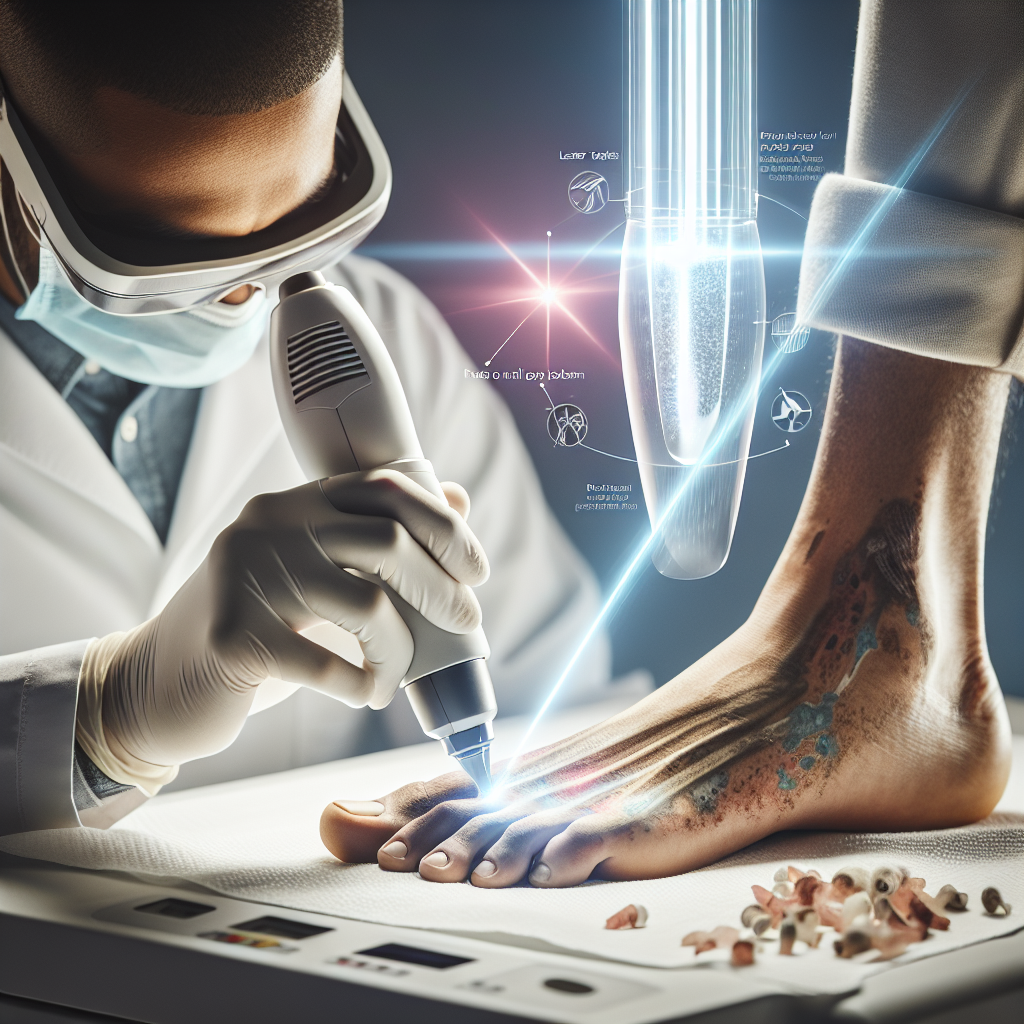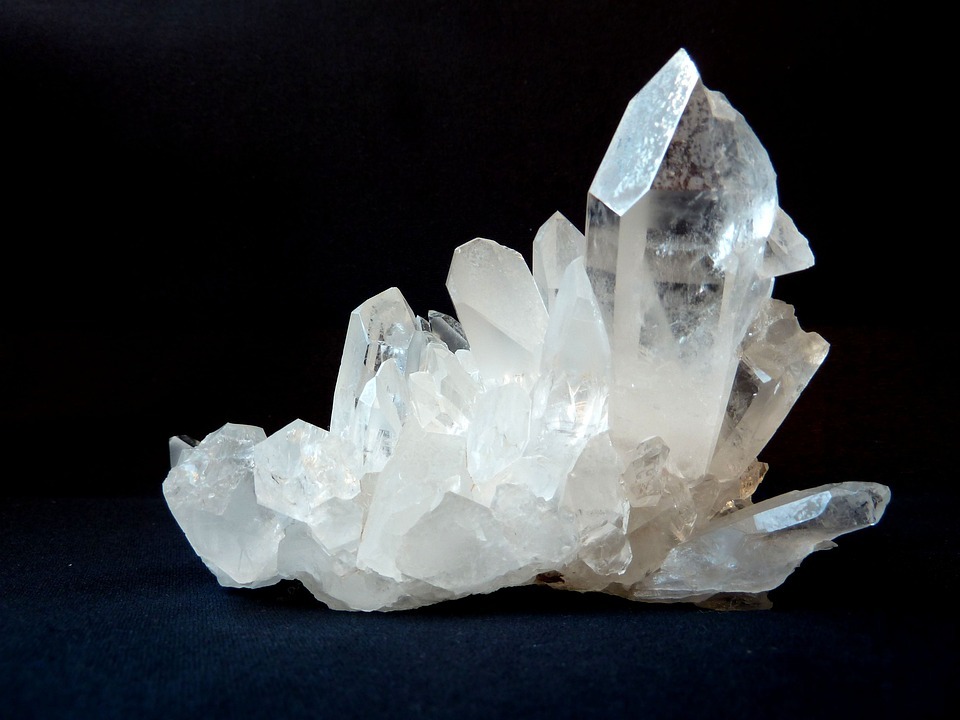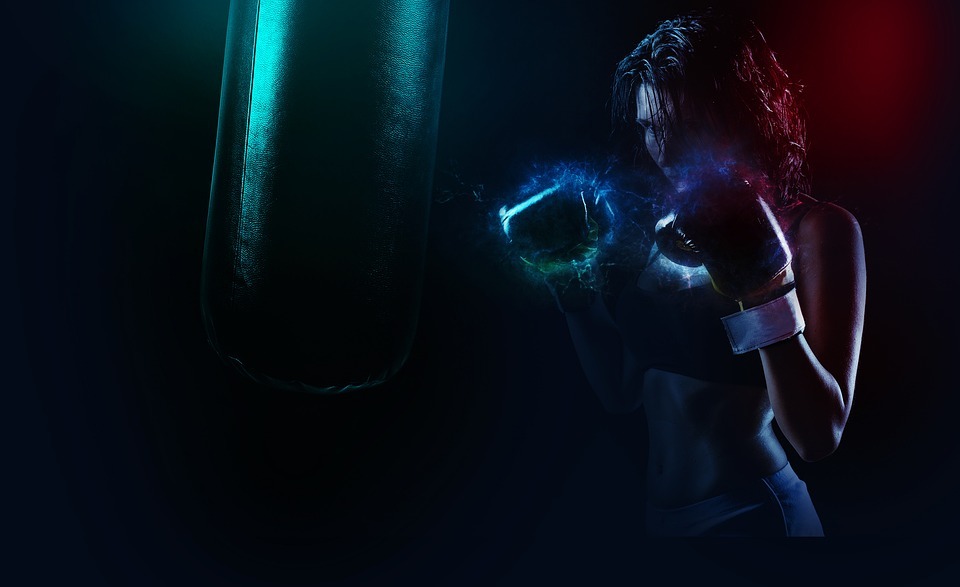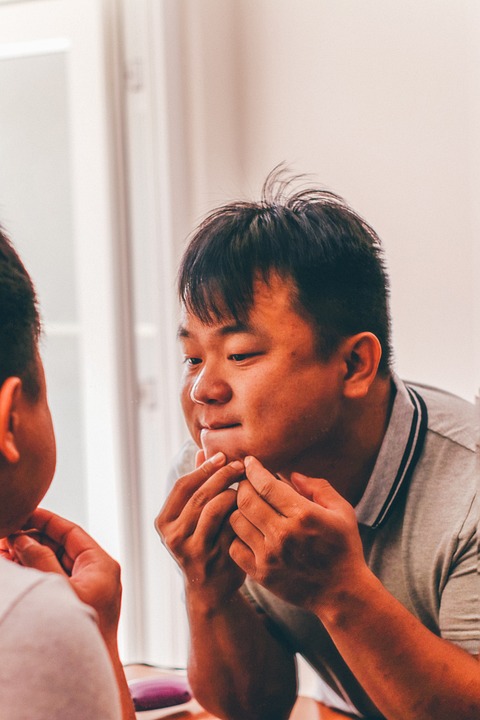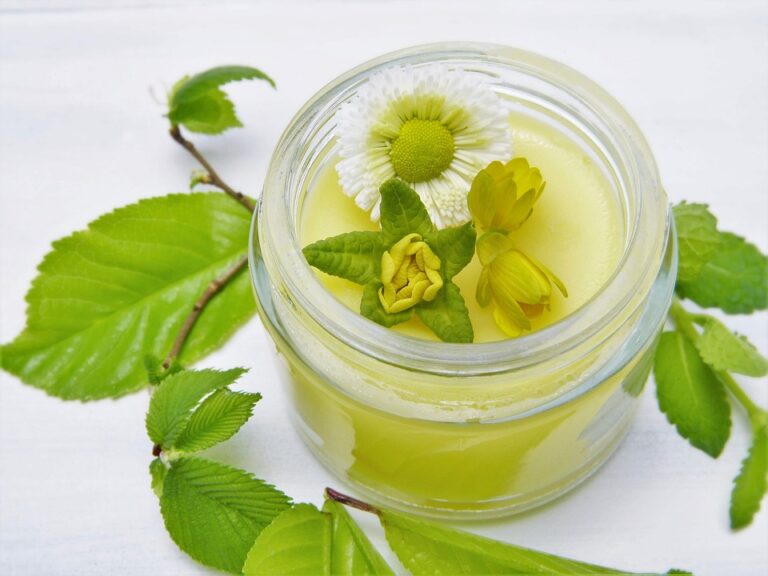Title: Shining a Light on Fungal Problems: Laser Treatment for Nail F.
Fungi, while small and seemingly trivial, can cause significant health and aesthetic problems, especially when they affect our nails. Not all fungi are bad, but when these organisms outgrow their boundaries and infest areas such as our nails, it results in a nagging condition known as Onychomycosis, more commonly known as nail fungus. Traditional treatments such as antifungal creams, ointments, and oral medications have been used, but they often prove ineffective or have potentially harmful side effects. Thus, a new approach, laser treatment for nail fungus, is gaining attention for its effectiveness and minimum side effects.
Laser treatment, as the name suggests, involves the use of lasers to kill the fungus. The immense heat from the laser is directed towards the affected nail, penetrating deeply to kill fungi while leaving the surrounding skin unharmed. This treatment has been proven effective, promising, and has fewer side effects compared to traditional methods. Here’s a fact list about this innovative treatment:
• Laser treatment for nail fungus is a modern, non-invasive method that has gained attention due to its efficacy.
• This method targets the fungus directly with its heat, killing it effectively without affecting the surrounding healthy tissues.
• Laser treatment is safe, painless, and without any harmful side effects.
• It’s often chosen due to its high success rate compared to traditional methods.
• Laser treatment may typically require 1-3 sessions, depending on the severity of the fungus invasion.
With this insightful spotlight on fungal problems and laser treatment, let’s delve into eyesight-preserving tips related to the title.
1. Find a Qualified Practitioner: To ensure the best outcome, choose a qualified and experienced practitioner to conduct your laser treatment. Check their credentials and the number of successful treatments they’ve carried out.
2. Prioritize Hygiene: Your nails encounter many harmful bacteria and fungi daily, mostly because of our activities. Good hygiene reduces the chance of these organisms infesting your nails.
3. Wear Proper Footwear: Having your feet encased in ill-fitting or damp shoes is a breeding ground for fungi. Ensure your feet are well-dried before wearing socks and shoes and opt for shoes made of breathable material.
4. Early Diagnosis is Key: Recognize early signs of nail fungus such as yellowing, thickening, or brittleness of the nails. Seek medical attention as soon as possible to prevent the condition from advancing.
5. Follow After-care Instructions: After your laser treatment, follow the doctor’s instructions to the letter. This includes keeping your nails dry, not going barefoot in public places, and maybe applying some antifungal products.
Key Takeaways:
• Nail fungus is best treated when diagnosed early. Thus, being able to identify the signs is key.
• Laser treatment for nail fungus is an effective, safe and reliable method. It uses heat to kill the fungi without affecting the surrounding areas.
• Ensuring good feet hygiene and wearing the right footwear contributes to preventing fungal infections.
• It’s essential to choose a qualified and experienced practitioner for your laser treatment to ensure quality service and a successful treatment.
• After the procedure, follow your doctor’s aftercare instructions to avoid any chance of re-infection.
In conclusion, despite the stubbornness of nail fungus, laser treatment proves to be a ray of hope for patients. Its effectiveness, combined with its minimal side effects, makes it a preferred choice compared to traditional methods. However, preventative measures remain key in the overall management of fungal problems, proving once again, that prevention is indeed better than cure.
